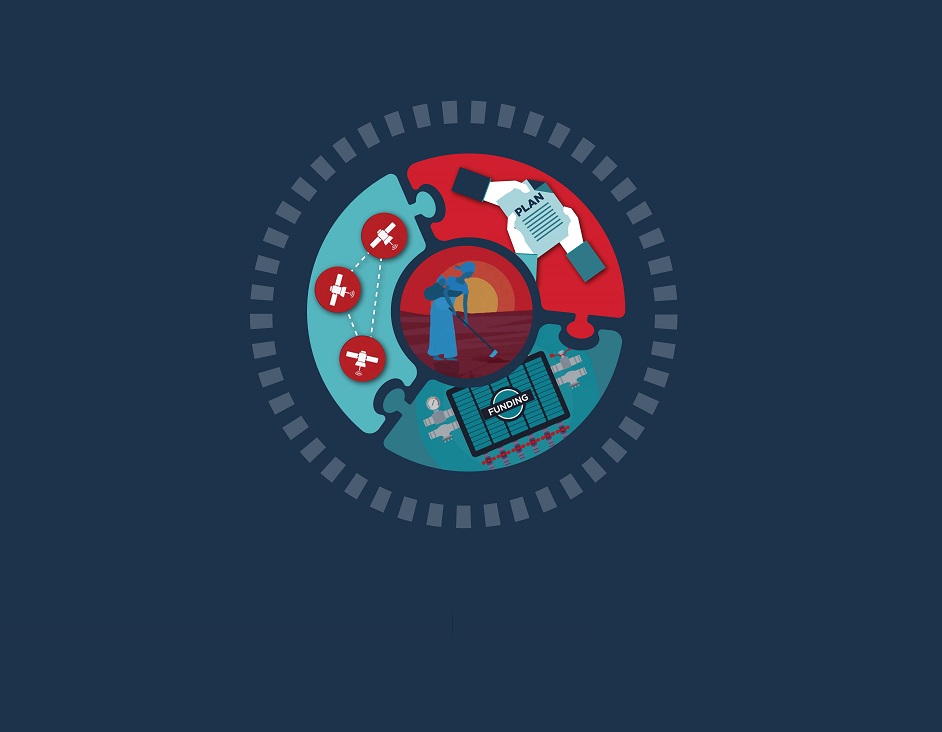Humanitarian funding needs to improve: we must move away from reactive funding models to proactive ones if we want to prevent human suffering.
The current model relies on institutions and individuals giving money prompted by media coverage of dramatic crises. While these contributions are critical in enabling Non-Governmental Organisations (NGOs) and other actors to provide life-saving frontline relief, they come in too late: lives have already been lost, livelihoods destroyed and major setbacks in development goals have been caused.
This issue is heightened by today’s more frequent and complex crises, caused by climate change, population growth, increased urban densities and the complex nature of today’s social conflicts. Despite improvements in our ability to model and anticipate disasters, the humanitarian system still often reacts to them as though they are unexpected and a complete surprise, responding only afterwards and almost always too slowly.
This problem is particularly acute in droughts. Despite advances in forecasting techniques, delay has become a defining characteristic of our response to food security crises, with aid arriving many months after it needed to be there.
Recently there have been very positive evolutions in rapid release funding mechanisms, such as the Start Network’s own Start Fund, which disburses funds within 72 hours of a crisis alert being raised. However, these approaches are still responsive and after the fact, instead of being proactive and preventative. Research suggests that earlier response, with a focus on protection and prevention, can better protect communities and bolster their resilience, and do so at lower cost than traditional late humanitarian response.
We don’t respond sooner because, quite simply, NGOs often don’t have enough money at the right time, as financing is aligned to the impact of a crisis rather than the escalating risk of it happening. Fundraising for a crisis that has not yet happened can be a tough sell. This is one of the challenges we are trying to address at the Start Network.
Judith Amar speaking at the Bond Annual Conference 2018.
To address this financing conundrum and enable proactive humanitarian action, we need three simple things
- Scientific models which can effectively model and predict disasters, along with monitoring systems which allow us to detect quickly and accurately shifts in context on the ground
- Fully budgeted plans formulated in advance to respond to likely crisis scenarios, which leverage the decades of experience of NGOs in responding to disasters
- Funding which can be released rapidly and in predictable amounts to fund the already costed plans as soon as it becomes clear through models and data that a crisis is about to emerge.
I realise that this sounds like common sense, but piloting approaches and funding mechanisms which combine these three components is, in fact, new for the humanitarian sector. This is what disaster risk financing is all about.

